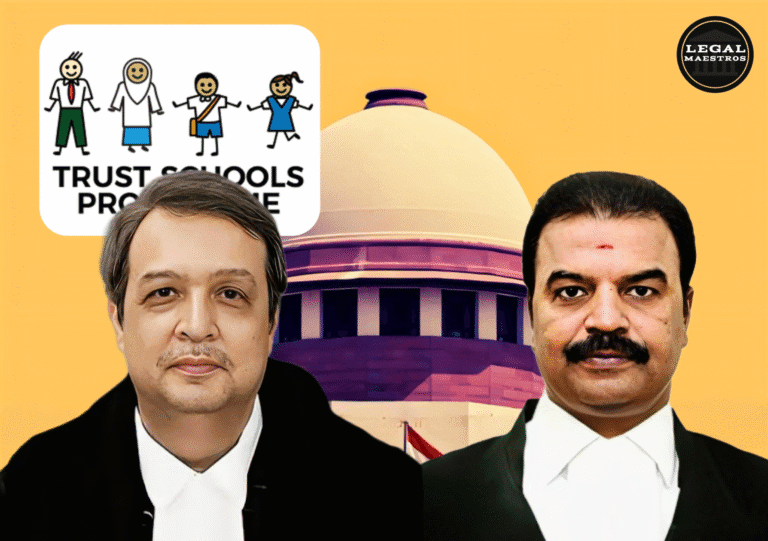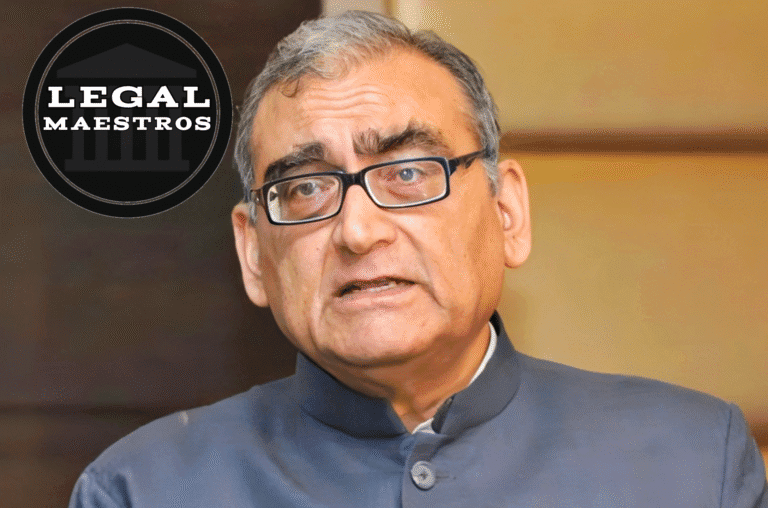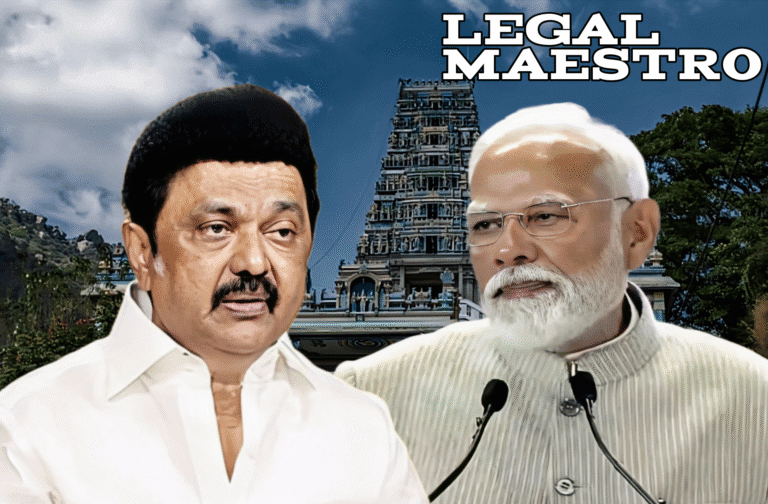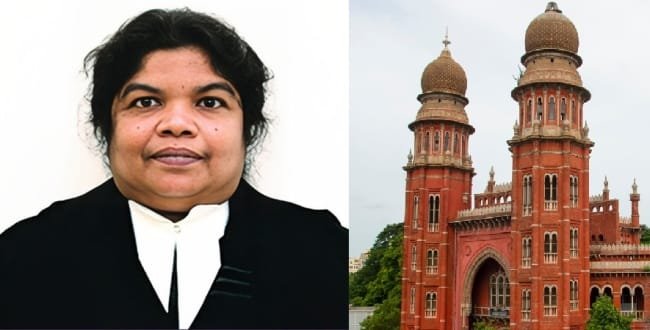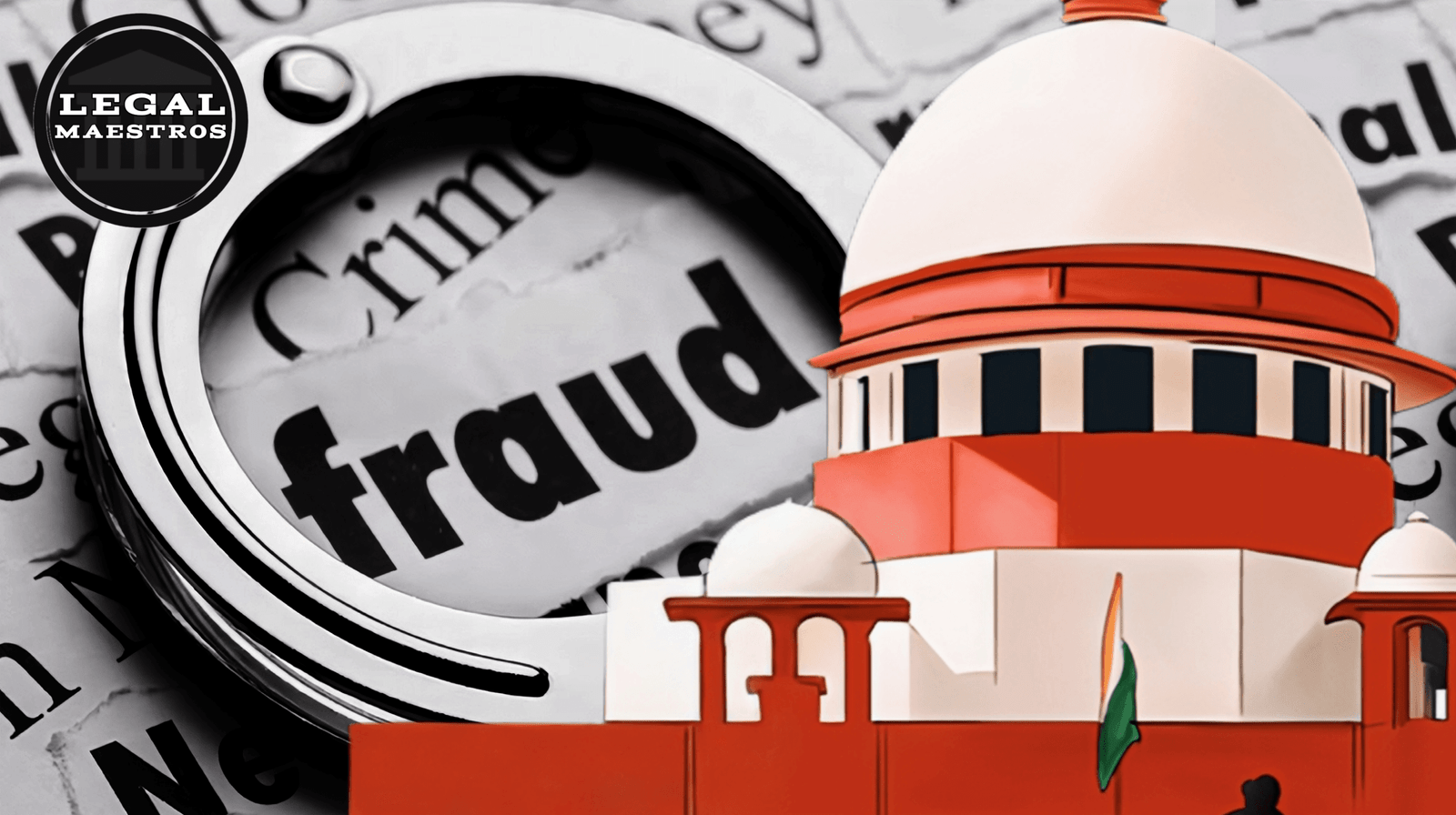
There is a clearly defined structure in the judicial system of India with Supreme Court as the highest Court of law and then State High Courts and a chain of lower courts. This structure is not only concerned with getting appeals organized but it also sets up a system of authority as well as accountability. A conspicuous example of this in recent times was in a case where a bench of the Supreme Court, in a rather exceptional reprimand, ordered that a judge of the High Court be compelled to sit with a senior judge and was not allowed to decide a criminal case ever again on the basis of what the court termed a shocking and erroneous judgment.
This brings a very important legal question Is the Supreme Court legally empowered to impose any kind of punishment or reprimand to a high court judge in this direct and virtual way? The answer to that is as you say Yes the Supreme Court does have vast powers but it is a complicated both legally and emotionally because it is based on the Constitution, on the idea of judicial independence and on the idea of an integrated system of justice.
The Structure of Courts and the Role of Supreme Court
In the centre of the discussion is the justice of judicial hierarchy. The Supreme Court is the highest court of the land; its ruling has the authority of law to all other courts in India including the High Courts. It is written in Article 141 of the Constitution stating that, the Supreme Court law or the declared law, shall apply to all courts throughout the territory of India. It contributes to the fact that the Supreme Court is endowed with the supervisory role over the whole judicial system.
For any queries or to publish an article or post or advertisement on our platform, do call at +91 6377460764 or email us at contact@legalmaestros.com.
In appealing a case to the Supreme Court against an appeal court, the Supreme Court may not only counteract the decision made by the appeal court but may also remark on the quality of the judgment made by an appeal court and the legal thought process of the judge who passed the judgment. This forms part and parcel of the appellate procedure. Nevertheless, the recent example was much more than a normal criticism. The dispositions of the Supreme Court could be treated as administrative dispositions and as disciplinary dispositions, directed to the future work by the High Court judge.
The Master of the Roster, and the Borders of Power
Historically, the Master of the Roster is the Chief Justice in a High Court. This implies that they are the only people who are authorised to assign cases and form benches. The principle is engrained in the judicial administration where the Chief Justice can work out the workloads of the court, and maintain independence.
Where the Supreme Court told the Chief Justice of the High Court under consideration to follow a certain course of action i.e. that he should withdraw the present criminal determination of the concerned Judge and allow him to sit in division bench with an experienced senior judge, it was in fact issuing a direct directive within the parameters of the internal administration of the High Court. This is a drastic measure that despite being effective in rectifying a perceived wrong, has also elicited a discussion about the power balance. It has been mentioned by some legal scholars that such direct intervention would be perceived as an expansion of the powers of the Supreme Court and might be regarded as an interference to the powers of a Chief Justice of a High Court.
For any queries or to publish an article or post or advertisement on our platform, do call at +91 6377460764 or email us at contact@legalmaestros.com.
Nevertheless, the actions of the Supreme Court have to be considered with references to the overall constitutional powers of the Supreme Court especially the power to do just complete justice.
The Authority to Make That Whole Right
The abilities of the Supreme Court do not only reside in the ability to be appealed to. The same is provided in Article 142 in the Constitution which gives a special power to the Supreme Court to issue any decree or order that becomes necessary to uphold complete justice in an instance. This is an extremely large and potent provision which gives the supreme court the opportunity to move outside the normal law rules and processes to make a just and fair situation.
When the case was the directive of the Supreme Court of changes in the administration of the High Court judge, then the bench must have used this capability. The court had the reasoning that the order of the High Court judge was erroneous and legally baseless to the extent that such an order was a travesty of justice. The Supreme Court believed that invalidation of the order was merely not sufficient to do a complete justice because the judge will continue to handle criminal cases and he would continue committing such wrongful decision and more injustice. Hence, it was more focused and preventive.
For any queries or to publish an article or post or advertisement on our platform, do call at +91 6377460764 or email us at contact@legalmaestros.com.
Disciplinary Actions such as The In-House Mechanism
One should also develop an understanding of the fact that the Constitution has a defined and an arduous manner through which a judge can be removed: impeachment by Parliament. But impeachment is an involved process, and is to be applied only in cases of proved misbehaviour or incapacity. In the case of the not so serious problems, judiciary has an in-house inquiry system. When a complaint has been made against the judge of a High Court or the Supreme Court of India, the Chief Justice of India takes the present step. It is a discreet procedure that may result in a judge being advised,warned or requested to quit.
The reprimand issued by the supreme court publicly and the order to modify the roster of the judges is not the same as this formal internal process. It was an act of judicial power in a hearings open court and not a closed process of an administrative inquiry. The approach can enable the Supreme Court to act directly on future wellbeing and cause a powerful signal concerning judicial standards at the same time.
Punishment or correction?
The order of the Supreme Court may be considered as such type of judicial correction but not an arm of punishment. It does not involve the impeachment of the judge or his/her removal out of office. Rather, it is an intervention strategy whose intention is to eliminate a repeat of the problem. By requesting the judge to be seated with a senior colleague, the Supreme Court is in effect dictating a mentorship or supervision programme in order to facilitate a better knowledgebase of the judge on criminal law. This is an extreme step to ban him out of criminal matters throughout his career, but the Supreme Court reasoned why this action was taken because this was not a first instance when the judge had delivered such poorly drafted order.
For any queries or to publish an article or post or advertisement on our platform, do call at +91 6377460764 or email us at contact@legalmaestros.com.
The Supreme Court’s power to intervene in the working of a High Court judge is a testament to the integrated nature of the Indian judiciary. While it respects the independence of the High Courts, its role as the final interpreter of the Constitution and the ultimate guardian of justice gives it the authority to step in when it believes that a judge’s actions are so egregious as to threaten the integrity of the legal system. The “Master of the Roster” principle is important, but it is not an absolute bar to the Supreme Court’s constitutional powers, particularly its power to do “complete justice” under Article 142.
This kind of judicial intervention serves as a powerful reminder to all judges of the high standards of legal reasoning and conduct expected of them. While it may stir debate about the limits of judicial power, it ultimately reinforces the Supreme Court’s role as the final arbiter and the supreme guardian of justice in India.



